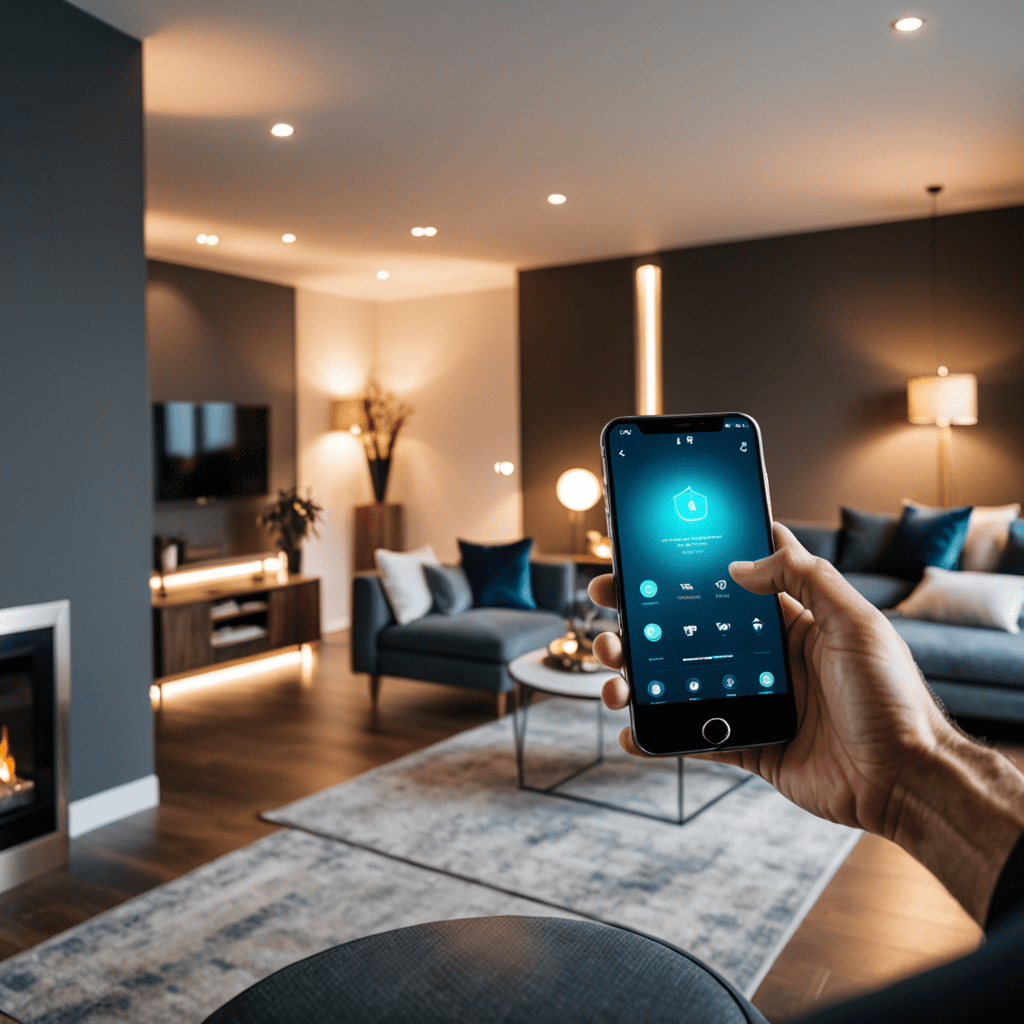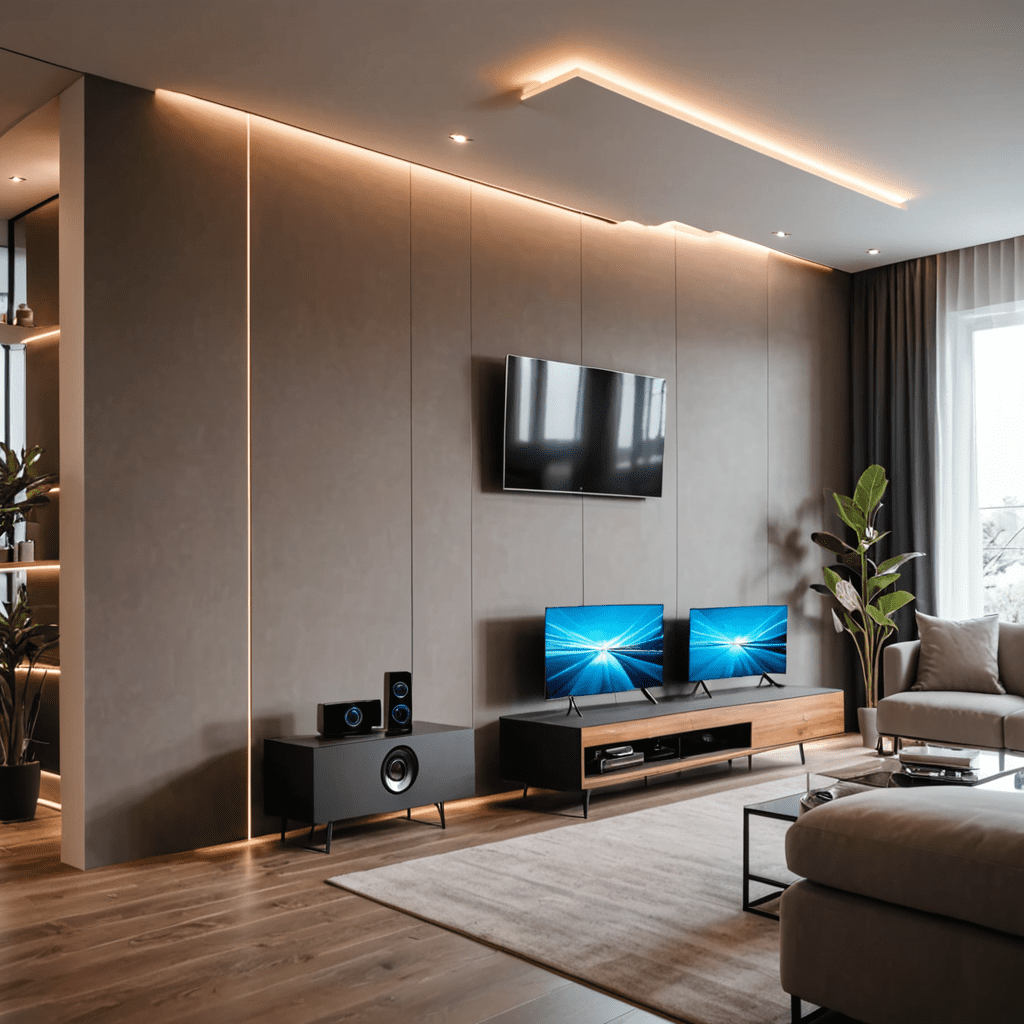Exploring Smart Home Connectivity Solutions
In today’s digital age, the concept of smart homes has revolutionized the way we interact with our living spaces. One key aspect of smart homes is connectivity solutions that enable various devices to communicate and work seamlessly together for enhanced convenience and efficiency.
The Importance of Connectivity in Smart Homes
Connectivity forms the backbone of smart home systems, allowing devices such as smart thermostats, lighting systems, security cameras, and virtual assistants to communicate and coordinate tasks. Reliable connectivity is essential for a smooth and integrated smart home experience.
Types of Smart Home Connectivity Solutions
1. **Wi-Fi:** Wi-Fi is a popular choice for connecting smart devices to a home network. It provides a high-speed connection and widespread coverage, making it suitable for most smart home applications.
2. **Bluetooth:** Bluetooth technology is commonly used for connecting devices within close proximity. It is ideal for smart home gadgets like smart locks, speakers, and wearables.
3. **Z-Wave and Zigbee:** These are wireless communication protocols designed specifically for smart home devices. They operate on low power and are known for their reliability in creating a mesh network for smart devices.
Challenges in Smart Home Connectivity
Despite the benefits, smart home connectivity can face challenges such as network interference, compatibility issues, and security vulnerabilities. It is crucial to address these challenges to ensure a robust and secure smart home ecosystem.
Future Trends in Smart Home Connectivity
The future of smart home connectivity is likely to witness advancements in technologies like 5G network integration, increased focus on interoperability standards, and enhanced security measures to protect data and privacy.
Choosing the Right Connectivity Solution
When setting up a smart home, it is essential to assess your specific needs, the compatibility of devices, network requirements, and security considerations to select the most suitable connectivity solution for your home.
Conclusion
Smart home connectivity solutions play a vital role in creating a seamless and efficient smart home environment. By understanding the different types of connectivity options, addressing challenges, and staying updated on emerging trends, homeowners can optimize their smart home experience for greater convenience and control.
FAQs About Smart Home Connectivity Solutions
What are Smart Home Connectivity Solutions?
Smart Home Connectivity Solutions refer to technologies and systems that allow various devices in a home to communicate, interact, and be controlled remotely. These solutions enable automation, convenience, and energy efficiency within a household.
How do Smart Home Connectivity Solutions work?
Smart Home Connectivity Solutions work by connecting devices, such as smart lights, thermostats, security cameras, and appliances, to a central hub or network. This network can be wired or wireless, allowing users to control and monitor their connected devices via a smartphone, voice commands, or automated schedules.
What are the benefits of using Smart Home Connectivity Solutions?
Using Smart Home Connectivity Solutions can enhance convenience, security, and energy efficiency in a household. By enabling remote control and automation of various devices, homeowners can save time, increase comfort, improve security, and reduce energy consumption.


